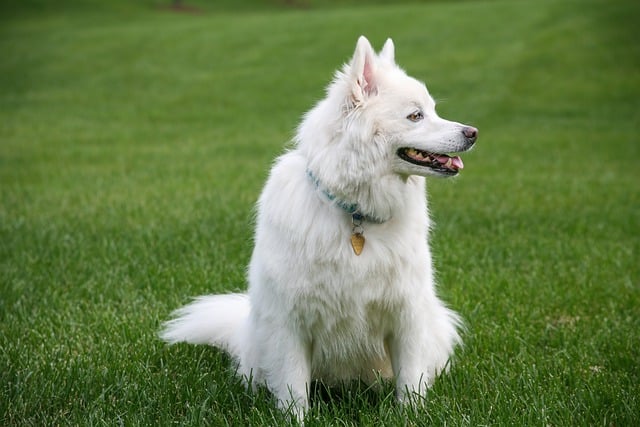Your golden retriever plants his paws stubbornly on the Phoenix sidewalk, tongue lolling like a wet rag—it’s 89°F at 10 a.m., and he’s smarter than you about heat risks. For new dog owners across America, recognizing when pavement becomes a paw-burning hazard isn’t just comfort—it’s survival. While many assume triple-digit temps are the only danger, veterinary research shows 77°F is the critical threshold for brachycephalic breeds like bulldogs. Dark asphalt can hit 140°F during an 85°F Dallas afternoon, causing second-degree burns in under a minute. Even fit breeds like Labradors risk heatstroke when humidity climbs above 70%, especially in urban "heat islands" where concrete radiates stored warmth long after sunset.
Biologically, dogs face a cruel disadvantage: they shed heat primarily through paw pads and panting—systems that fail when air temperatures approach their body heat (101–102°F). Their evolutionary loyalty overrides self-preservation instincts, meaning they’ll follow you onto scorching streets despite distress. That frantic panting during your Chicago neighborhood stroll? It’s not just tiredness—it’s their body screaming for relief.
Start by pressing your bare elbow to pavement for seven full seconds. If it feels uncomfortably hot, it’s burning your dog’s paws. Check real-feel temperatures (factoring humidity) on apps like AccuWeather before stepping out. Below 75°F? Stick to grassy parks before 9 a.m. or after dusk. Above 77°F? Shift to indoor enrichment: create DIY "snuffle mats" from fleece strips hiding kibble, or run air-conditioned hallway fetch sessions with a damp rope toy. For apartment potty breaks, lay real-grass pads on balconies. Always carry a collapsible bowl—dehydration escalates faster than most owners realize.

Responsible heat management intersects tightly with U.S. laws and cultural norms. Legally, leaving dogs in parked cars violates animal cruelty statutes in 32 states—Virginia imposes $500 fines even for "quick errands." Culturally, never punish a dog refusing to walk; reward their smart hesitation with frozen bone broth cubes using positive reinforcement. Apartment dwellers should avoid shared elevators during peak heat (enclosed spaces spike stress) and apply pet-safe UV film on west-facing windows. During essential outings, scoop waste immediately—summer heat accelerates bacteria growth in community lawns, and cities like Seattle issue $250 fines for violations. Respect shaded areas in dog parks as cooling zones, and skip greetings with unfamiliar pets; heat-induced irritability can trigger unexpected snaps.
Remember, community care starts with prevention: Austin trainers recommend rubbing zinc oxide balm on paw pads before brief walks. One vital formula to live by: Asphalt temperature = (Air temp × 1.5) + 20°F. At 85°F, that sidewalk fries at 147°F—hot enough to fry an egg in minutes.






